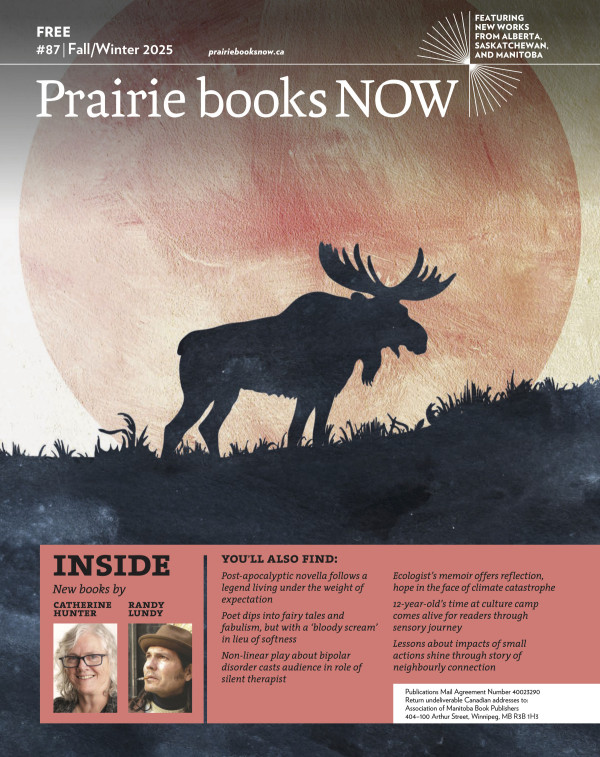Privilege, race, social status, and a woman’s place in society – these are some of the themes at the heart of Dr. Colleen Skidmore’s far-reaching examination of women’s roles in photography in Canada during the 19th and 20th centuries.

- Rare Merit
- Colleen Skidmore
- UBC Press
- $39.95 Paperback, 368 pages
- ISBN: 978-07-74867-05-4
Skidmore, who lives in Victoria, British Columbia, and is a photography historian and Professor Emerita with the University of Alberta’s Department of History and Classics, brings women’s history to the forefront in Rare Merit: Women in Photography in Canada, 1840–1940.
“Women worked in virtually every job that had to be done to make photographs, from mixing chemicals to operating their own studios,” Skidmore says. “I am impressed by the number and variety of women, including American and British women, as well as immigrant women, who photographed in Canada and whose work was well-known in their day.”
Rare Merit is the culmination of years of research that started in earnest in 2017, when Skidmore’s previous title, Searching for Mary Schäffer: Women Wilderness Photography, was being printed. She collected photographers’ names and images encountered while working on other projects and followed the work of fellow researchers, whose scholarship is also included in Rare Merit.
Approximately 80 camerawomen and several studio employees are highlighted, their stories told in historical context, and through a multitude of photographs. The author commends the editorial and design staff tasked with building the book.
“The abundant images are not merely illustrations. They are substantive elements of the narrative, entwined with the text and critical to the reader’s experience,” she explains.
Rare Merit questions assertions that photographs in today’s digital world are more prone to manipulation than they were in the past. Skidmore points out both women and men photographers were adept with the technology available to them and posed subjects in alignment with the social narratives of their era.

“Photography has never been as purely mechanical and factual as hoped by those who sought an objective rendering of the natural world,” she says.
“Both artistic and technical licence have been essential to creating photographs that resonate visually and show us the world, literally and figuratively, in ways that the human eye alone cannot perceive. This doesn’t mean that such images are necessarily untruthful or misleading, although they can be.”
Skidmore continues, “Viewers today are right to be skeptical. Visual literacy is essential to understanding photographic images. It is far too easy and common to misread or to be misled by a photograph, whether print or digital, if a viewer is unfamiliar with the historical or technological context and conditions in which it was made and first viewed.”
The examination of women’s roles in photography uncovers their immense contribution to the craft, and Skidmore seeks to rectify their exclusion from early writing on the history of photography in Canada.
“Women took up photography from the moment of its invention and their work shaped social, political, and historical perceptions in and of Canada,” she says.
“While relatively small in number, the ubiquity of women photographers and the indisputable merit of their work in Canada make it clear that the absence of women from histories of photography in Canada is as misleading as it is indefensible.”













